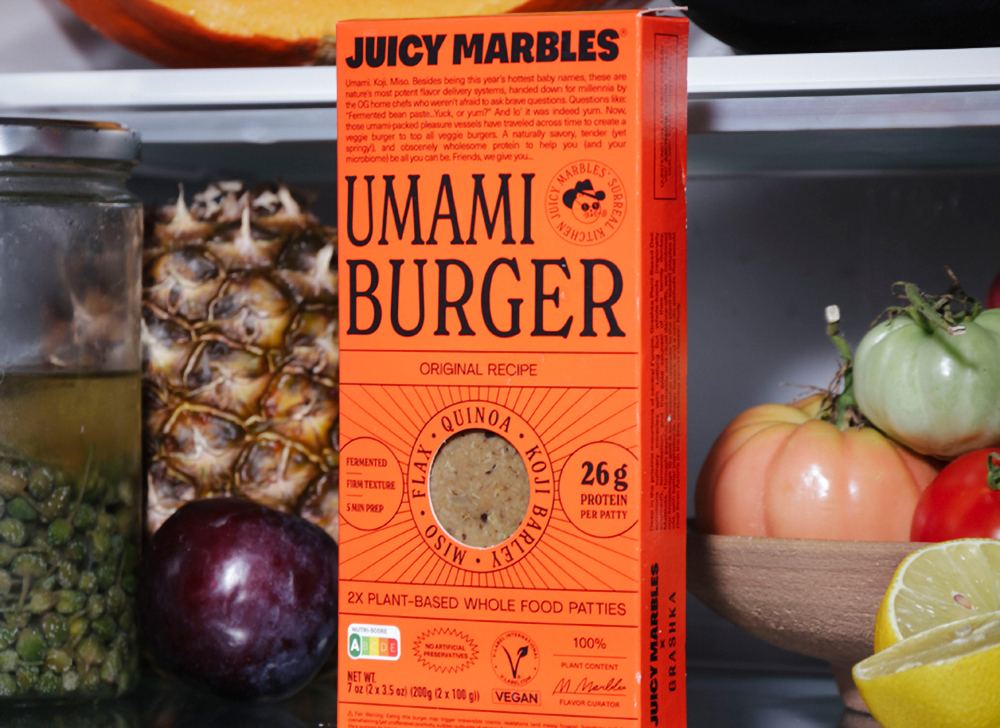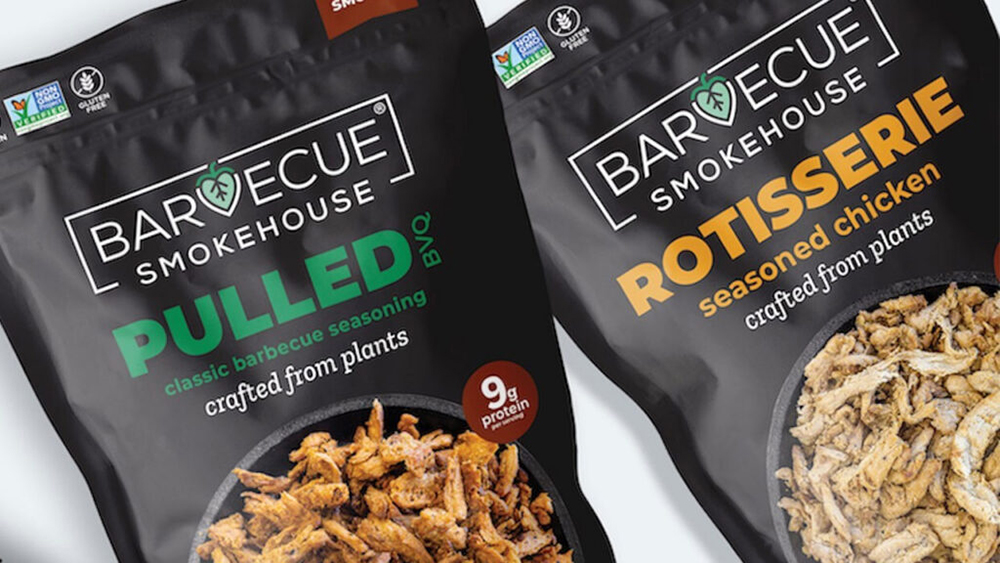

FPP Amsterdam 2024 Speaker Spotlight: Lily Nur Sulaiman, Senior Research Scientist, THIS
Senior Research Scientist, Lily Nur Sulaiman – one of +100 speakers at The Future of Protein Production Amsterdam – reveals how innovative approaches to nutrition lead to supermarket-friendly plant-based meats that become a repeat purchase item for consumers
Click here to see the full agenda for The Future of Protein Production Amsterdam
When Lily Nur Sulaiman, Senior Research Scientist at THIS, is asked what advice she has for researchers who are just starting out in the plant-based proteins field, she highlights how important it is to keep up with the current state-of-the-art. “For such a fast-moving sector, my advice would be to stay updated with emerging plant-based trends around new proteins, technologies and innovation, as well as nutrition and consumer trends,” she begins. “Finding opportunities to work on collaborative projects with industry and universities/research institutes will expand your horizons to build multidisciplinary relationships that can fast-track the development of your research ideas into real products. On top of that, always stay curious, flexible and persistent to explore new research ideas, as this will be key to long-term success.”
This mindset of grasping every opportunity and keeping ahead of the curve informs Sulaiman’s work at THIS, which is a plant-based meat company that prides itself on enhancing the nutritional value of its products via innovative technical approaches.

“Our focus is on improving protein digestibility and enhancing iron bioavailability in both our ingredients and final products,” she explains. “We began by identifying areas for improvement in the nutritional value of plant-based products. We started with assessing the protein digestibility and iron bioavailability of the raw materials we use, all the way through to the final product and competitors’ products. This is an important step of the project as we need to establish the level of the protein digestibility for the plant-based food category.”
Always stay curious, flexible and persistent to explore new research ideas, as this will be key to long-term success
To conduct this research, Sulaiman says that, initially, she and her team review the raw materials used during plant-based meat production – such as different proteins and flours versus concentrates. “Currently, our research is focused on the interactions between ingredients and processing on the nutritional profile,” she details. “From the data we’ve gathered, a major barrier for consumers in purchasing plant-based meat is the perception of insufficient protein content. By establishing data to ensure our products meet high protein quality standards, we aim to address this concern. Our innovation considers the amino acid score, another key factor in protein quality, to ensure our products meet the criteria for being supermarket friendly. By achieving a balanced protein content, high protein digestibility, and an optimal Protein Digestibility-Corrected Amino Acid Score (PDCAAS) score through complementary protein sources, we are confident that our products deliver on nutritional value.”

Superior soy
THIS opted for a blend of soy and pea as the primary protein source in its products. Sulaiman explains that this blend was selected due to its well-established nutritional benefits and cost efficiency. “It stands out for its superior functional properties and is one of the leading plant-based proteins with a high protein content that meets dietary needs. Soy protein isolates – with around 90% protein content, and concentrates, containing about 70% – offer a higher protein yield compared to other plant-based options. Additionally, soy’s neutral taste and color make it ideal for maintaining the overall quality of the final product.”
Discussing the merits of isolates and concentrates, Sulaiman explains that these offer considerably higher protein levels compared with the native ingredient. “For instance, although whole peas contain around 5-6% protein, they also contain high levels of starch. In contrast, pea protein isolate contains up to 80-90% protein, as the starch and other components are removed,” she details. “This allows us to deliver a more concentrated source of protein, improving the nutritional profile without needing large amounts of the raw ingredient. We have in-house experts who ensure we source the right ingredients from suppliers to meet the functional and nutritional needs of our products. Our team is highly knowledgeable in processing protein ingredients, whether concentrates or isolates, and thoroughly evaluates multiple options before selecting the best one for each product. Our strategy involves protein screening to guarantee that the chosen protein meets the functional and safety requirements essential to our product’s performance.”
Legumes are often limited in amino acids such as cysteine, methionine, and tryptophan, so this is addressed by pairing them with other plant sources, such as cereals, to achieve a more balanced amino acid profile
Naturally, the team is also tackling amino acids in plant proteins. “Combining different protein sources to complement each other is one of the strategies to address the potential amino acid deficiencies,” notes Sulaiman. “Legumes are often limited in amino acids such as cysteine, methionine, and tryptophan, so this is addressed by pairing them with other plant sources, such as cereals, to achieve a more balanced amino acid profile. This approach is tailored to ensure we reach the desired PDCAAS, a key measure of protein quality. We are currently understanding what levels are efficient to ensure the functionality and nutritional properties of our products are met.”

Mind the gap
On the subject of fortification, Sulaiman notes, “We fortified iron and vitamin B12 in our products to address potential nutritional gaps in plant-based diet. These nutrients are primarily found in animal products, and their absence or limited presence in plant-based foods can lead to deficiencies if not properly managed. The level of iron fortification was selected to achieve a level consistent with the ‘source of iron’ status. The chosen fortification levels are based on recommended dietary intakes set by the UK dietary guideline.”
She also reveals that THIS is now working on the science of how ingredient selection and processing may have an impact on these nutrients’ bioavailability. “Until now, techniques such as using specific types of chelated iron were the traditional approach to ensure optimal bioavailability.”
Lily will be giving her presentation, Optimizing nutritional properties of plant based foods – challenges and strategies, on 24 October 2024 at The Future of Protein Production Amsterdam. Book your place today to hear another 100 speakers, network with +400 industry leaders, and visit the exhibition stands of more than 40 participating companies
If you have any questions or would like to get in touch with us, please email info@futureofproteinproduction.com






